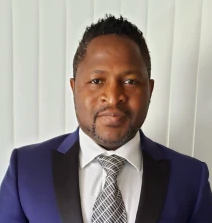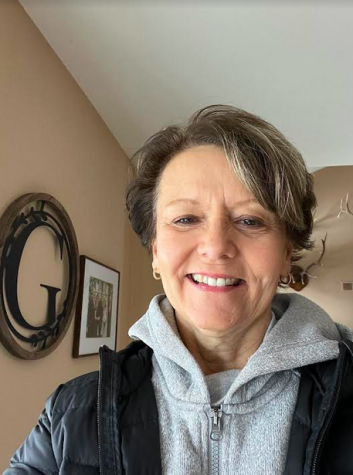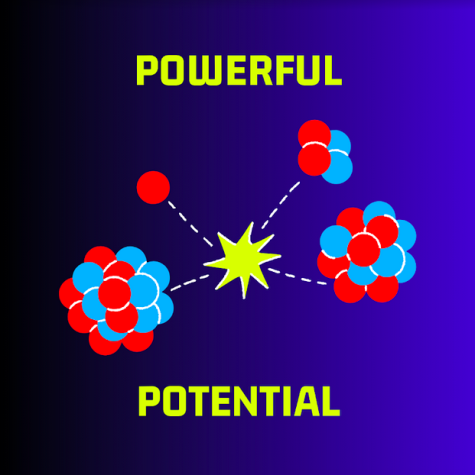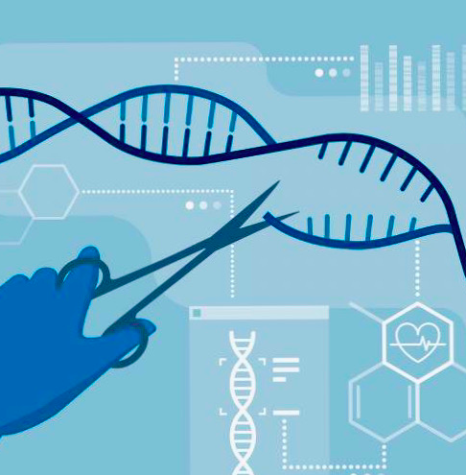Laboratory Highlight: Dr. Beyeh
Dr. Ngong Kodiah Beyeh is an assistant professor of organic chemistry here at Oakland University. In addition to teaching, he runs a research laboratory with undergraduate, graduate and doctoral students.
Beyeh’s research interests include supramolecular chemistry and non-covalent interactions. Before Oakland, his focus was on halogen bonding, and since joining OU his research is more tailored toward biological implications.
“We are trying to use organic compounds to answer some biological questions,” Beyeh said. “For example, research we recently published deals with cataracts, an eye problem that results from an aggregation of a protein called crystalline over a long period of time. Right now the only treatment option is surgery, which is not always ideal. Furthermore, people in developing or less privileged countries may not have access to the laser treatment.”
Beyeh continued to describe how in this specific project, they are in the discovery stage of trying to see if any of the organic compounds in his laboratory could prevent this segment of the protein from aggregating and/or reverse this after it has occurred, which could potentially lower the need for surgery.
Beyeh is originally from Cameroon. He says that his inspiration for pursuing this area of research was founded when he moved to Finland to receive his masters degree, where he was further introduced to the field of supramolecular chemistry.
“After seeing how this area of chemistry is very important and how it can be very useful, and after listening to researchers who had won the Nobel Prize, I was very motivated to get involved in this work,” Beyeh said. “I think that this field can contribute substantially to applications down the road.”
He also described some of the work accomplished by students of all levels in his laboratory.
“I try to enhance my students’ critical thinking skills, which is fun. I love training students,” he said. “I also emphasize the importance of being able to disseminate knowledge from the laboratory through presentations and research writing.”
Some techniques performed in the laboratory include nuclear magnetic resonance, fluorescence and IR spectroscopy.
“We also use techniques such as dynamic light scattering, which takes an organic molecule and shows how it reflects light,” Beyeh said. “Another technique is called isothermal titration calorimetry, which measures binding constants and other thermodynamic constants and gives a good analysis of binding interactions between biological and organic compounds after they are mixed together.”
Anyone further interested in Beyeh’s work or classes may email him at [email protected], or visit the Beyeh Lab webpage.








